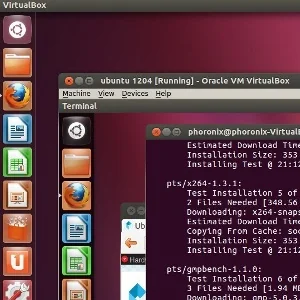Virtual Motorola 68000 "m68k" Machine With Up To 3.2GB RAM Expected For Linux 5.19

The existing Macintosh Quadra 800 target allows just up to 1GB of RAM and a specific set of interfaces in aiming to match the actual hardware target. Meanwhile over the past year a new virtual m68k machine has come together nicely and based on Google's Goldfish interfaces/devices used for Android simulation while allowing up to 3.2GB of system memory and up to 128 VirtIO devices. This is purely a virtual m68k system. The QEMU side support for this target was merged in QEMU 6.0.
This new m68k machine obviously isn't relevant for matching to any available dated hardware but is useful for those wanting to enjoy the Motorola 68000 architecture in a virtualized environment with more capable system memory capacities and virtual devices. We have talked about this virtual m68k machine in the past with prior patches while the news this week is this pure virtual device has made its way into the m68k "for-next" Git branch. Thus barring any last minute problems this new virtual device should be found in the Linux 5.19 kernel this summer.
This "pure virtual machine" can be enabled via the "VIRT" build-time option for the m68k kernel and for now is in linux-m68k for-next. In building off existing Goldfish code in the kernel and other m68k code, the new machine is less than 600 lines of new kernel code. This work was spearheaded by Laurent Vivier.
The Motorola 68000 series processors were used in the 1980s and early 90s while still remaining popular with enthusiasts these days on vintage hardware given the CPUs were found in early Macintosh computers as well as from Sun, NeXT, Tandy, and other popular hardware of the time.
28 Comments

